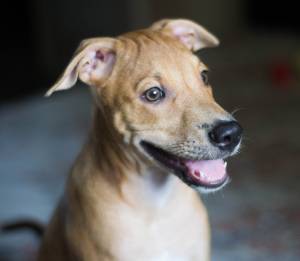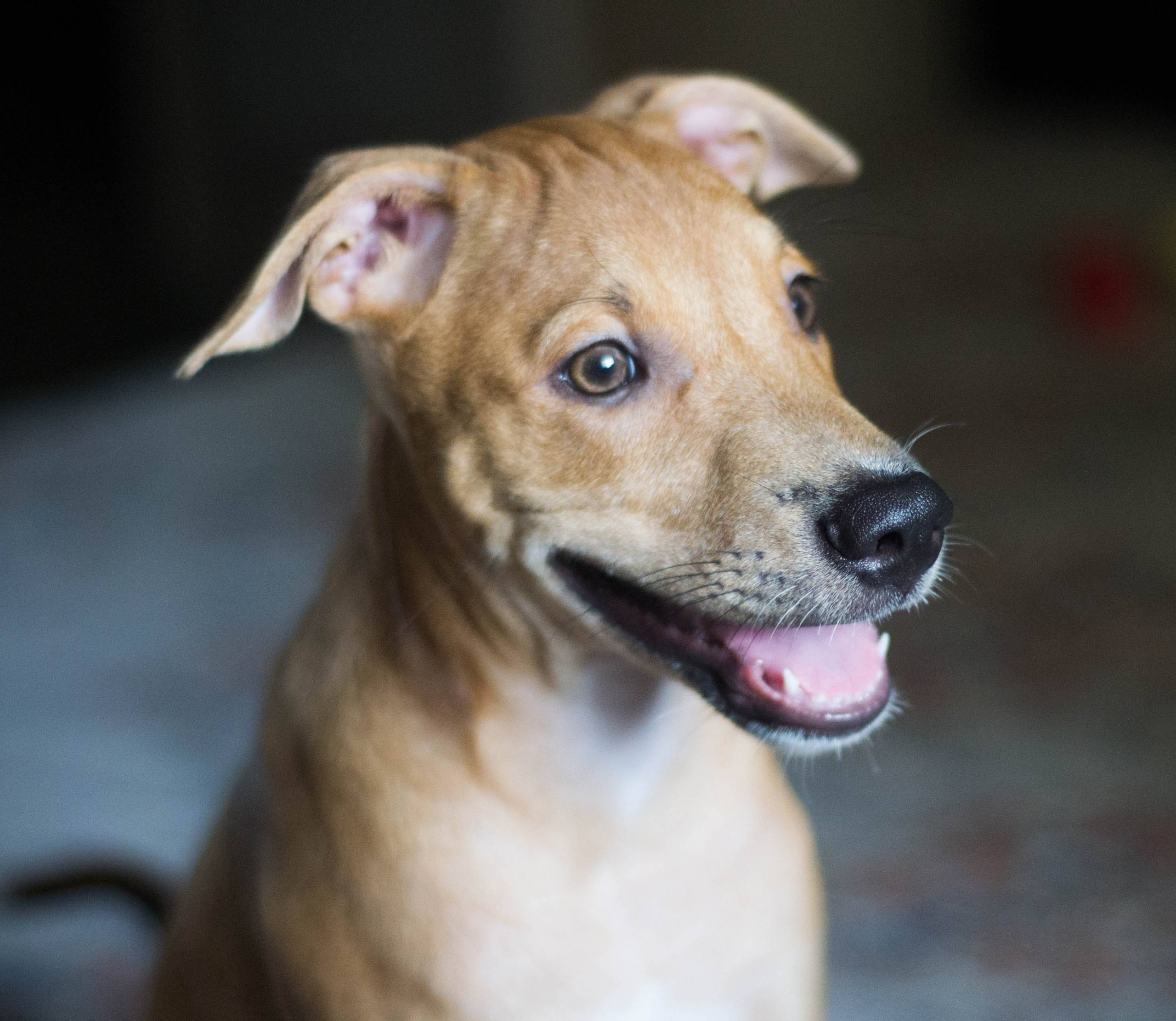
The Dangers of Certain Foods
Dogs have different digestive systems than humans, and some foods that are harmless to us can be extremely dangerous for them. Certain foods can cause digestive issues, toxicity, or even organ damage in dogs. It’s crucial to understand which foods are off-limits to our pets.
Chocolate, for instance, contains theobromine, a substance that is toxic to dogs. Even small amounts of chocolate can cause vomiting, diarrhea, rapid breathing, and in severe cases, seizures and even death. Another common household food that is harmful to dogs is onions, which can lead to damage to red blood cells, resulting in anemia. Grapes and raisins are also known to be toxic to dogs and can cause kidney failure.
Other dangerous foods include xylitol, a sugar substitute often found in sugar-free gum and candy, which can lead to a rapid release of insulin in dogs, causing a drastic drop in blood sugar levels. Additionally, foods high in salt, such as chips and pretzels, can lead to sodium ion poisoning, resulting in vomiting, diarrhea, tremors, and even seizures in dogs.
Healthy Alternatives for Dogs
While it’s important to know what dogs can’t eat, it’s equally important to provide them with safe and healthy alternatives. Dogs can enjoy a variety of fruits and vegetables, such as apples (without seeds), carrots, and blueberries, which can serve as nutritious treats. Cooked, plain meats like chicken and turkey, as well as plain rice, can also be added to their diet in moderation.
Understanding Your Dog’s Unique Needs
Every dog is unique, and their dietary needs may vary based on factors such as age, size, and overall health. It’s important to consult with a veterinarian to determine the best diet for your pet. They can provide guidance on a balanced diet that meets your dog’s specific nutritional requirements and advise on any dietary restrictions based on health conditions or breed-specific sensitivities.
Creating a Safe Environment
In addition to being mindful of what foods are safe for dogs, it’s essential to create a safe environment for them. This includes keeping human foods out of reach and securely disposing of potentially harmful items. It’s also important to educate family members and guests about which foods are unsafe for dogs and to avoid feeding them table scraps without prior knowledge of their safety.
Our dogs rely on us to keep them safe and healthy, and being aware of what they can’t eat is an important part of responsible pet ownership. By understanding the dangers of certain foods and providing safe alternatives, we can ensure that our beloved companions live long, happy, and healthy lives.
Remember, a little knowledge can go a long way in keeping our furry friends safe and healthy. Let’s continue to be mindful of what our dogs eat and always prioritize their well-being.
[/fusion_text]

